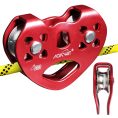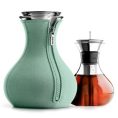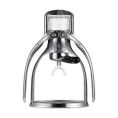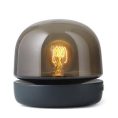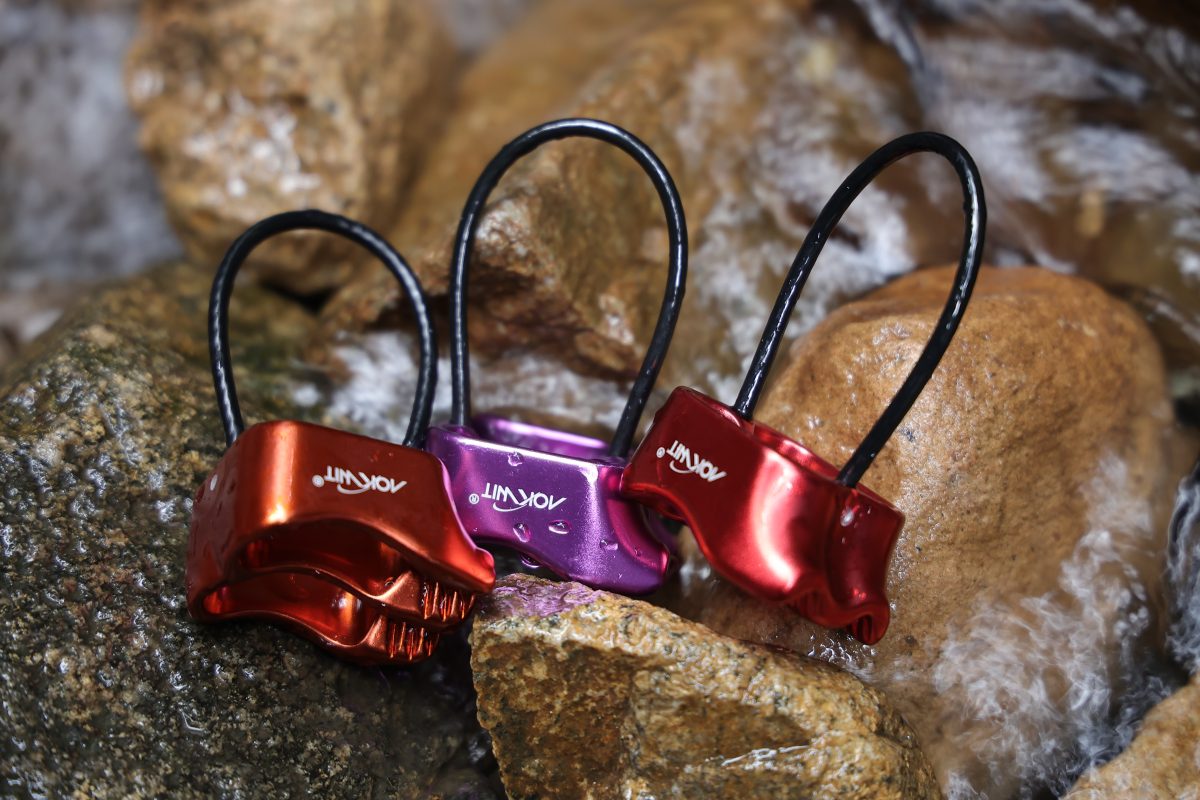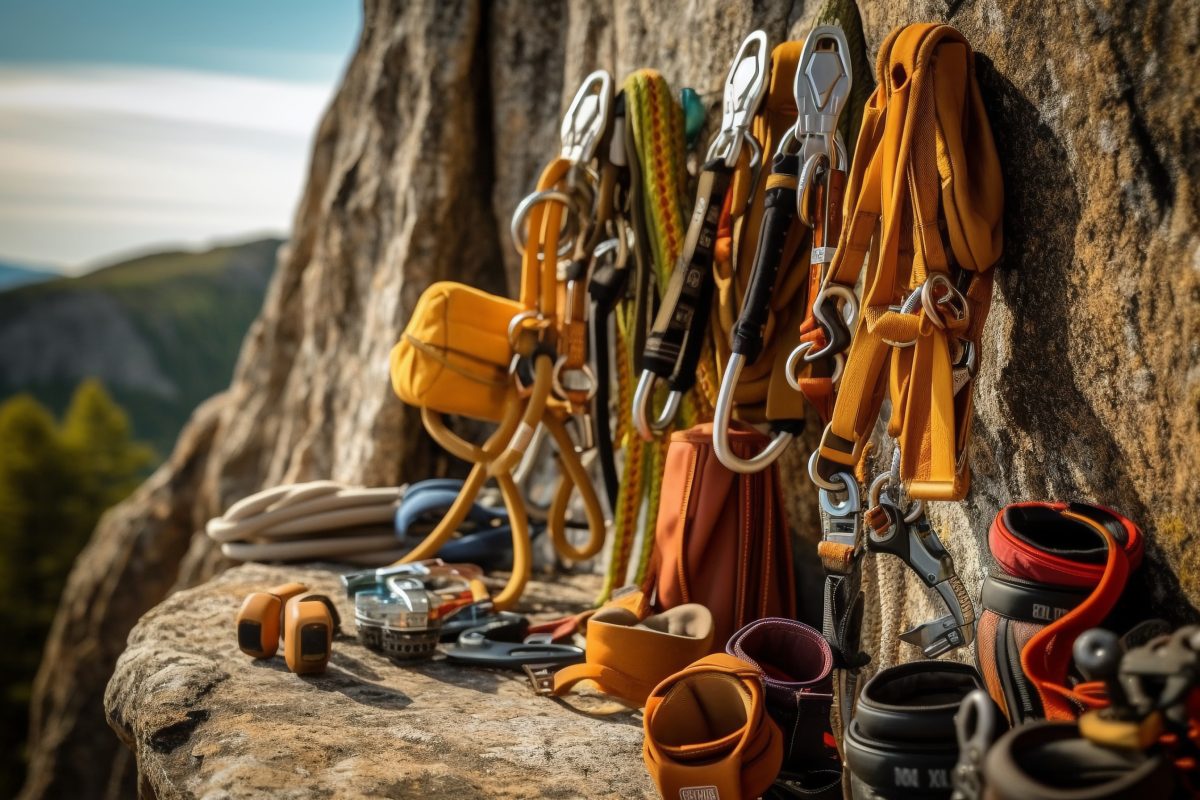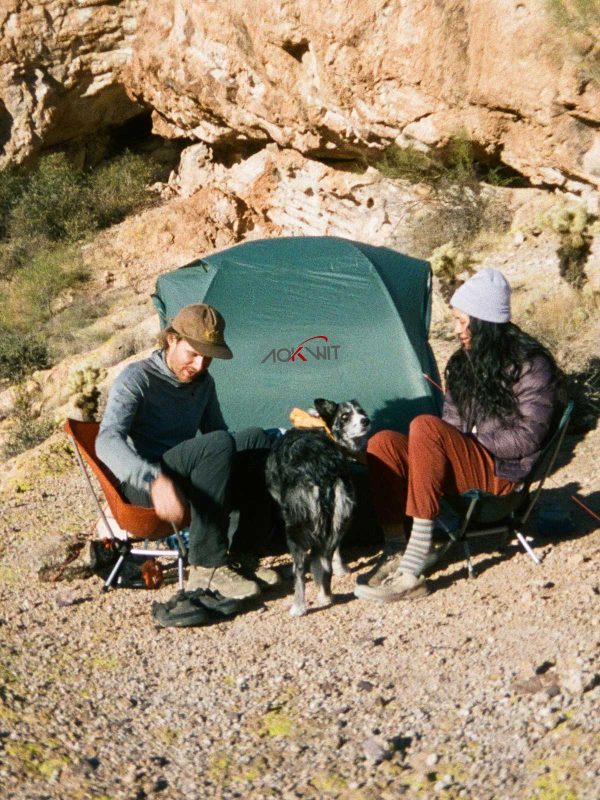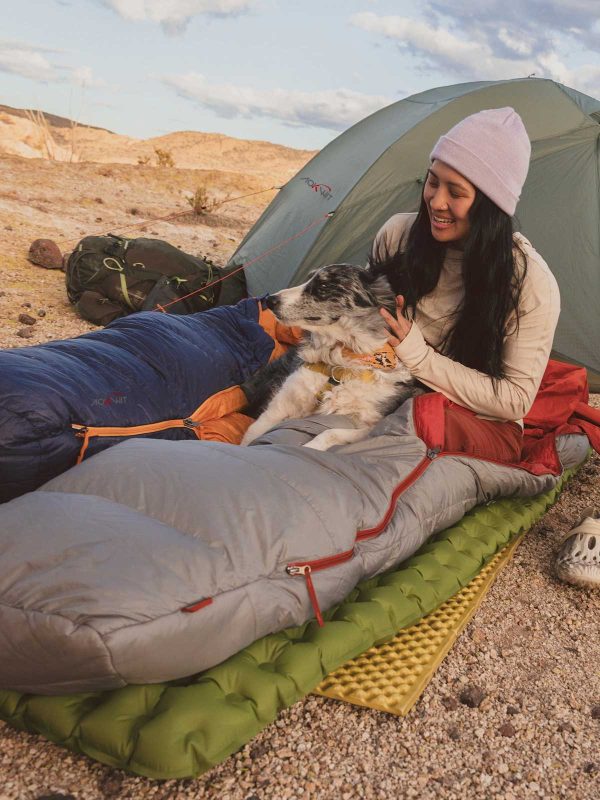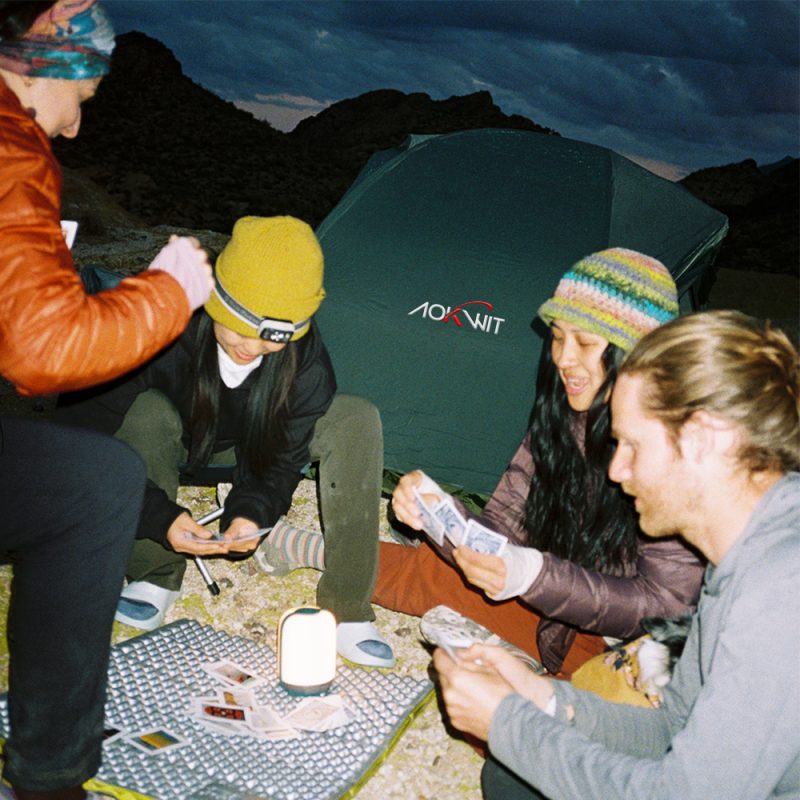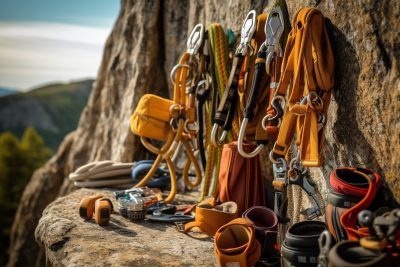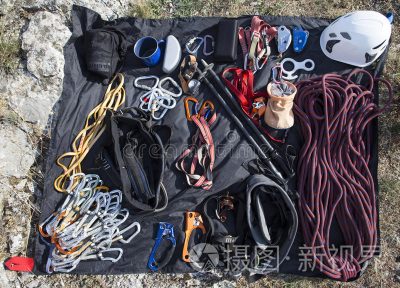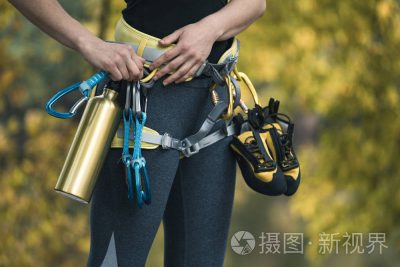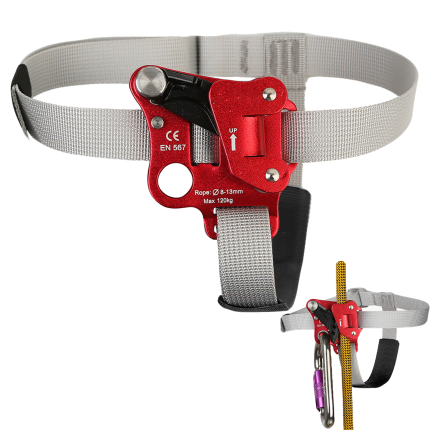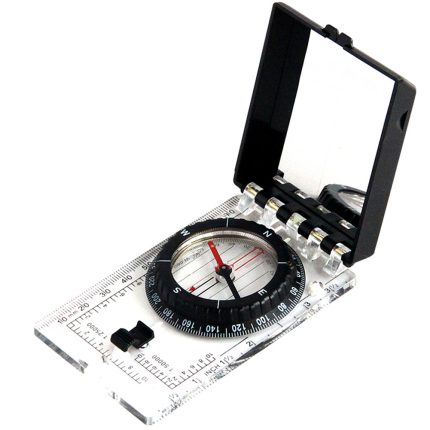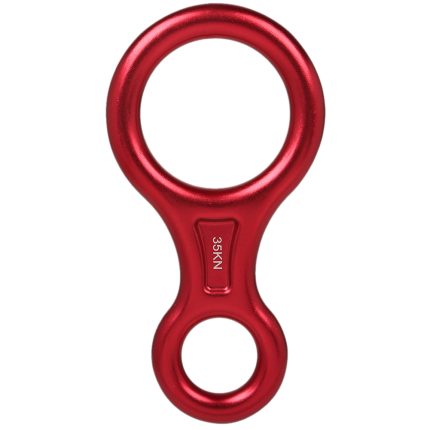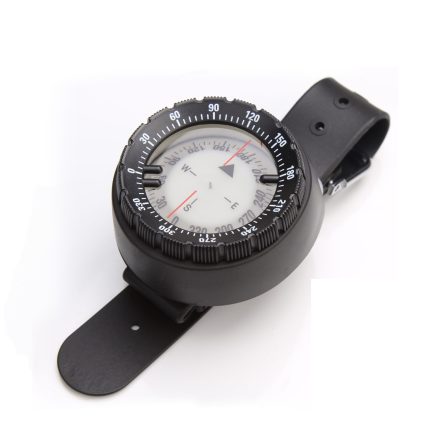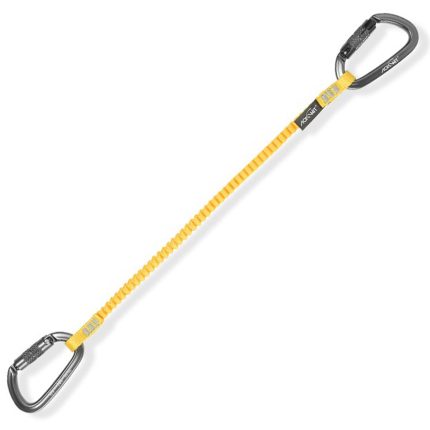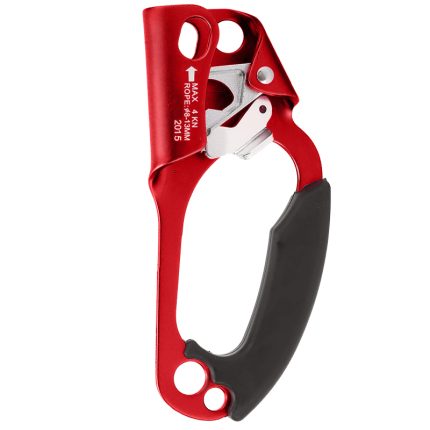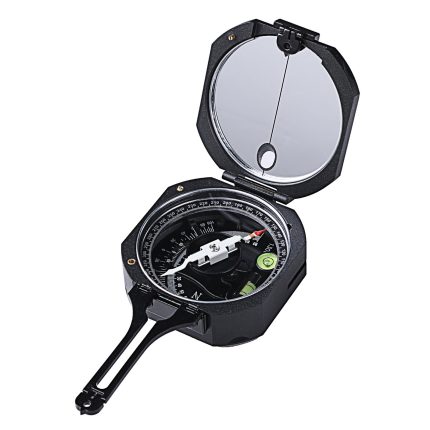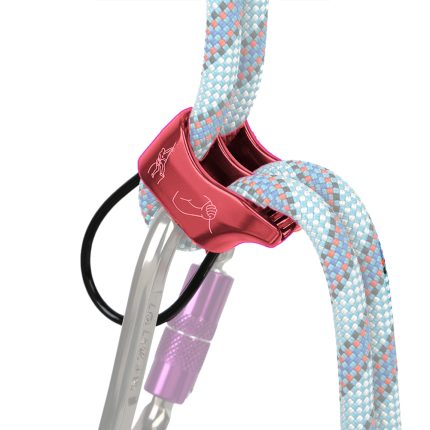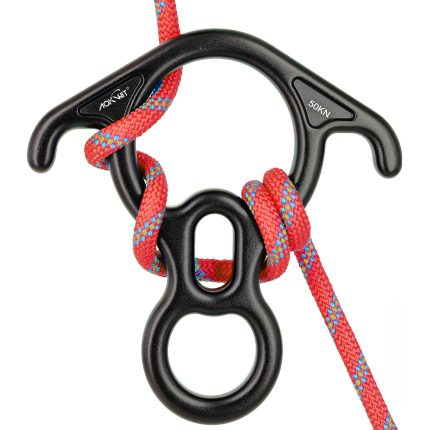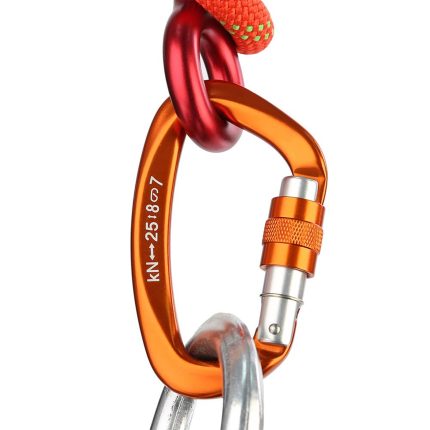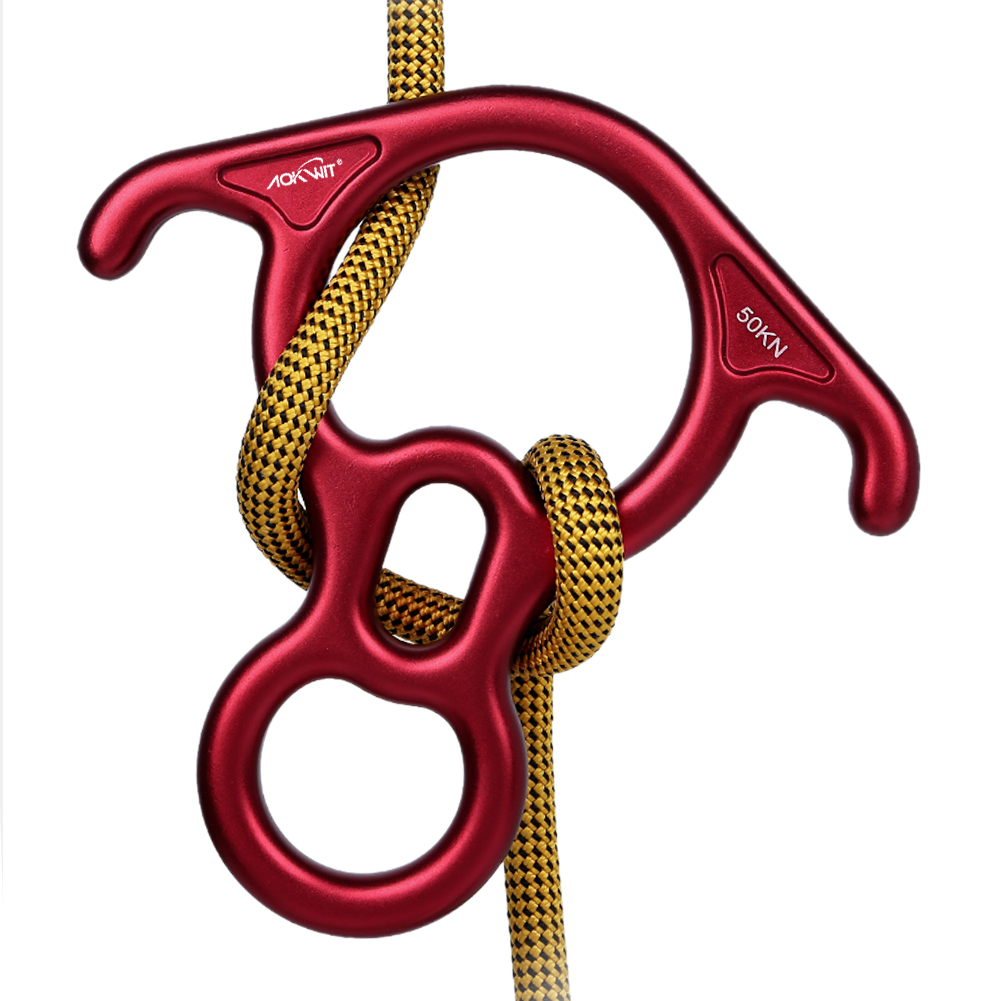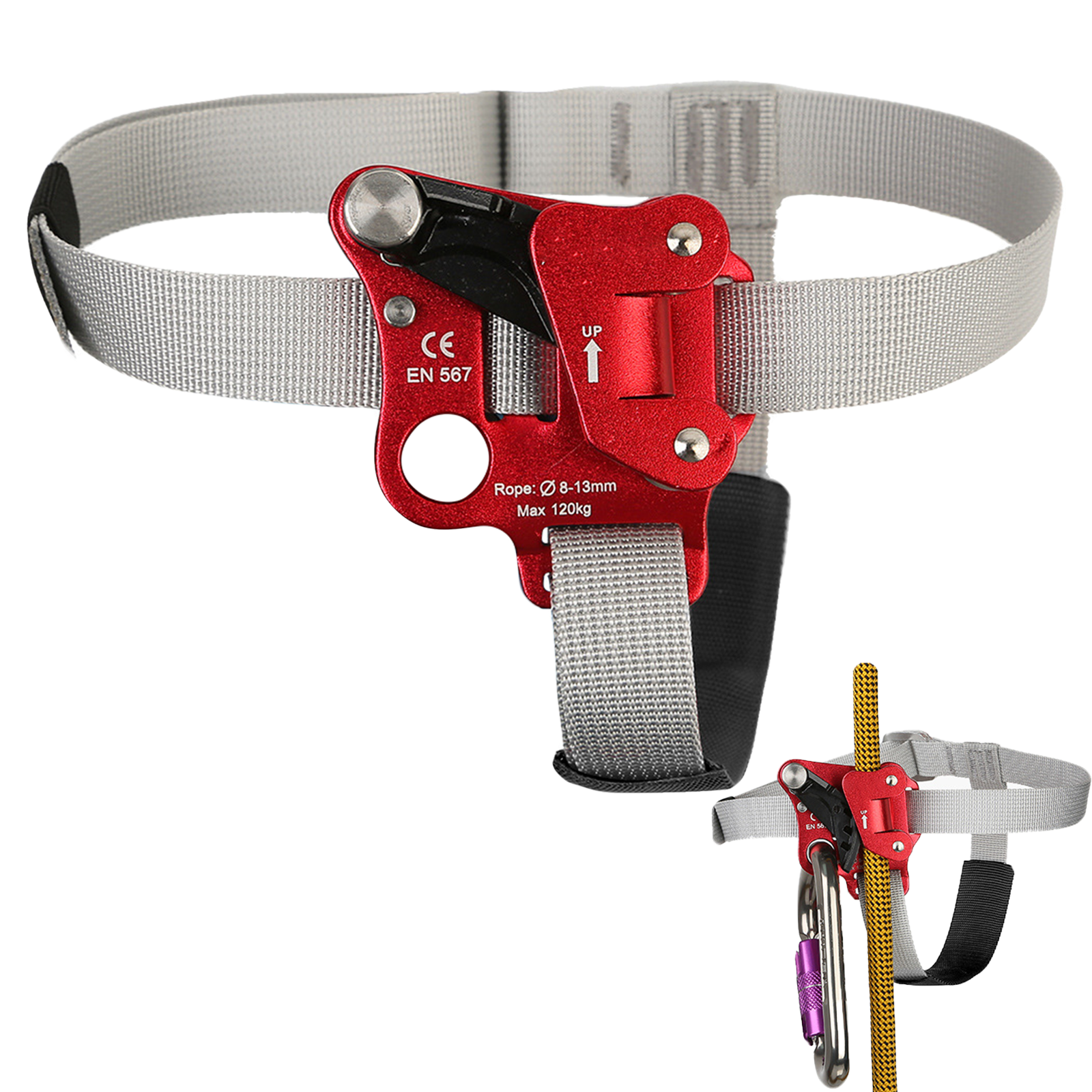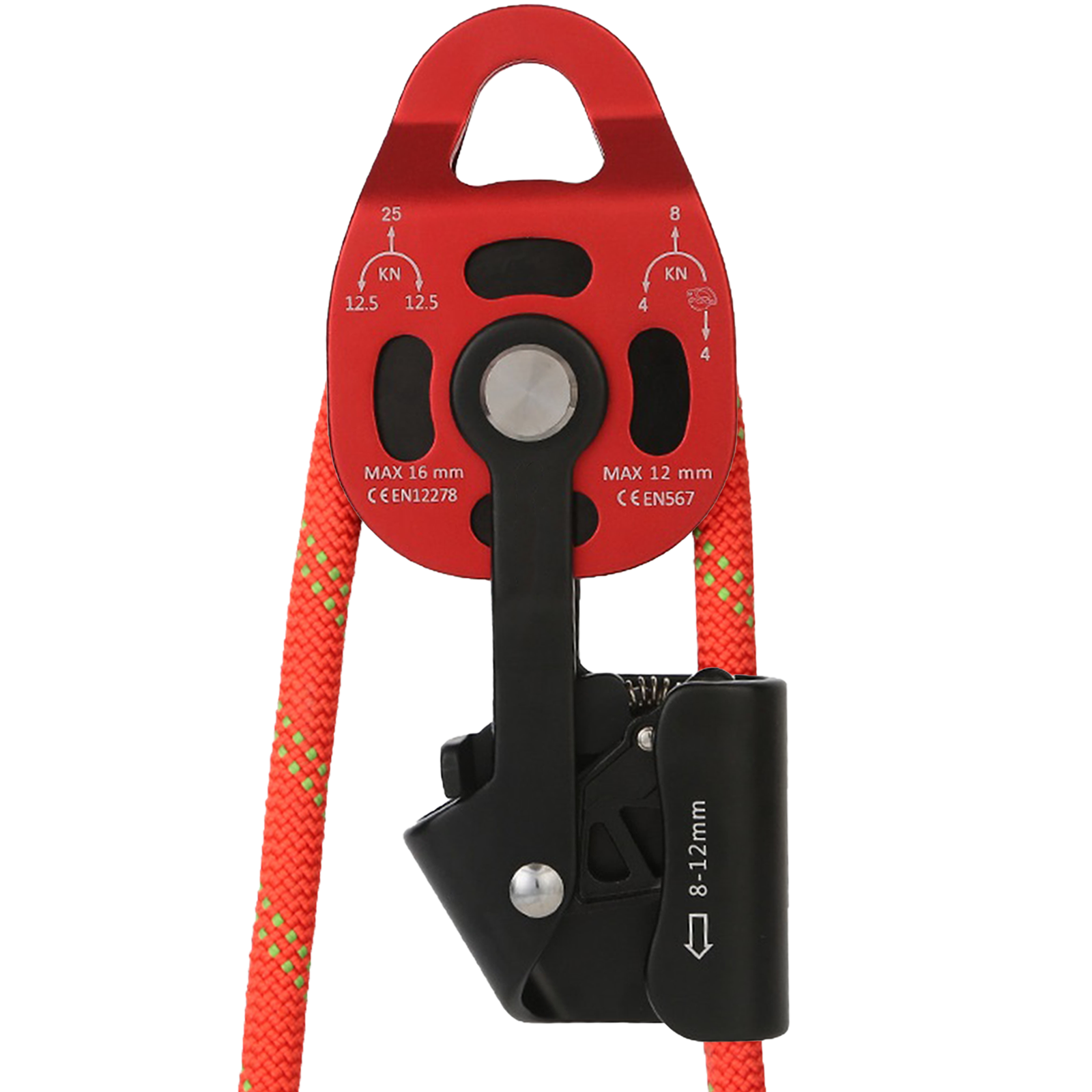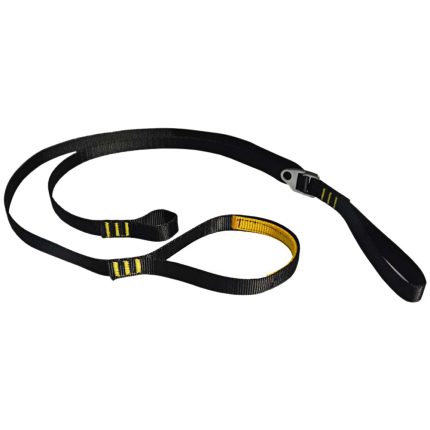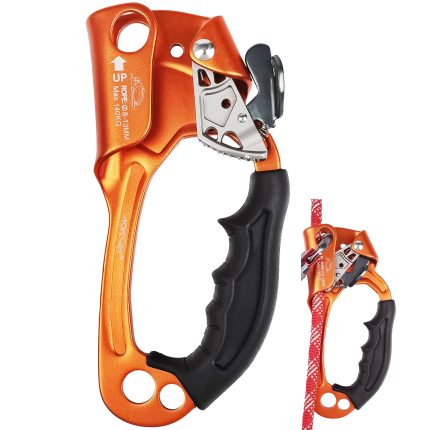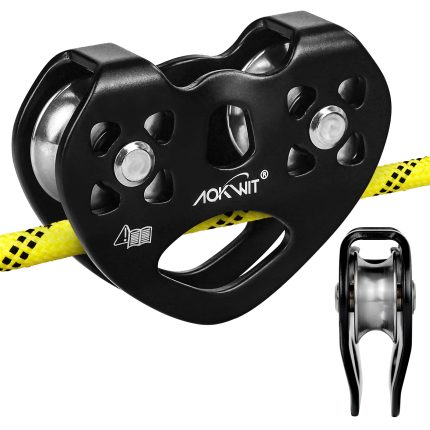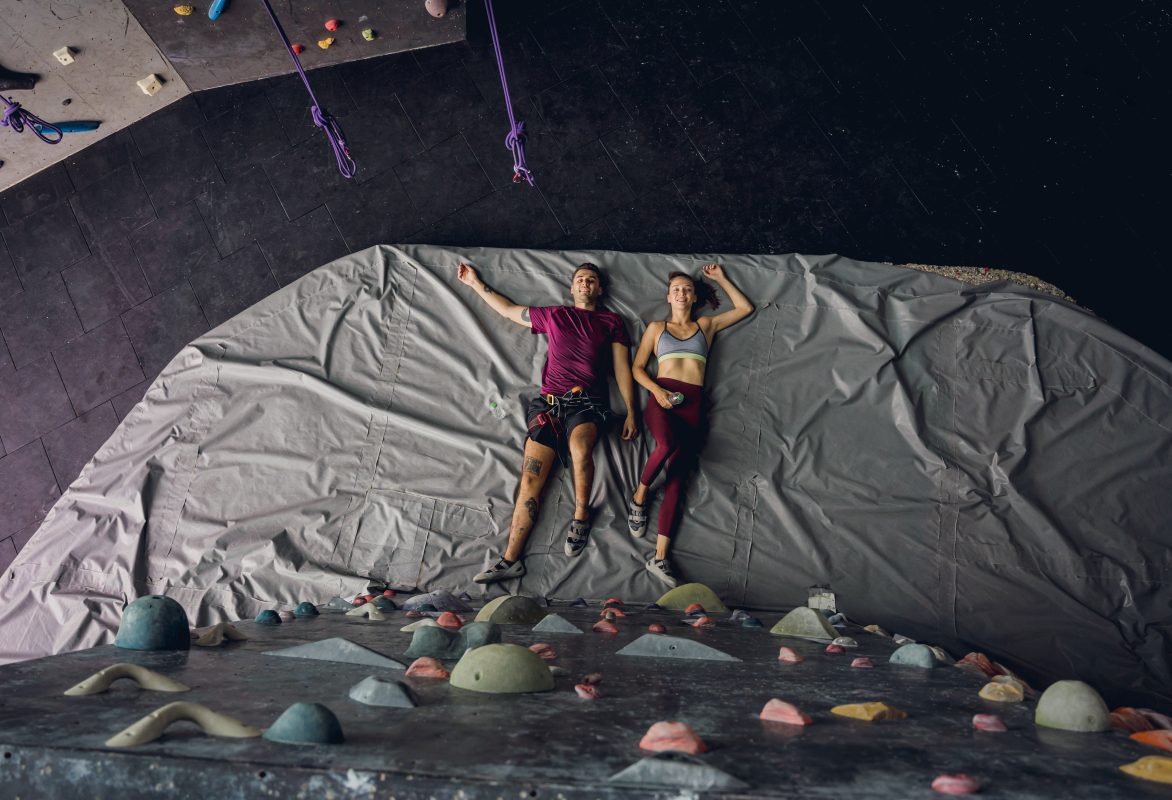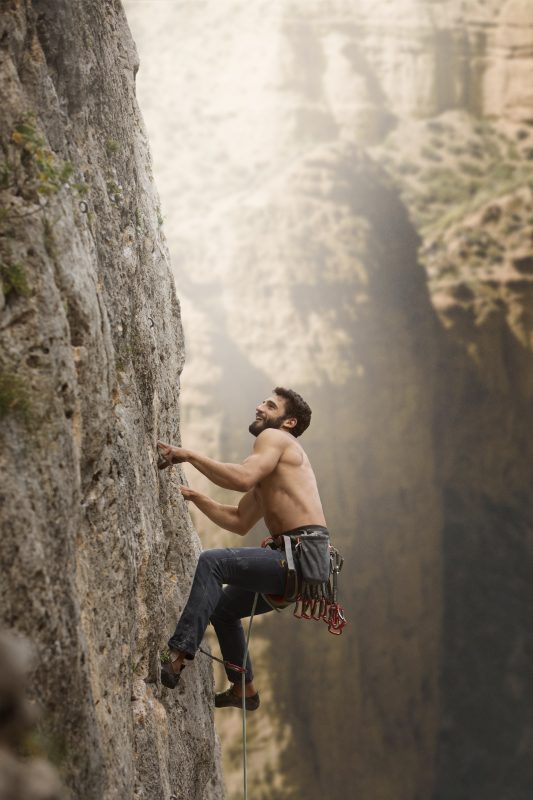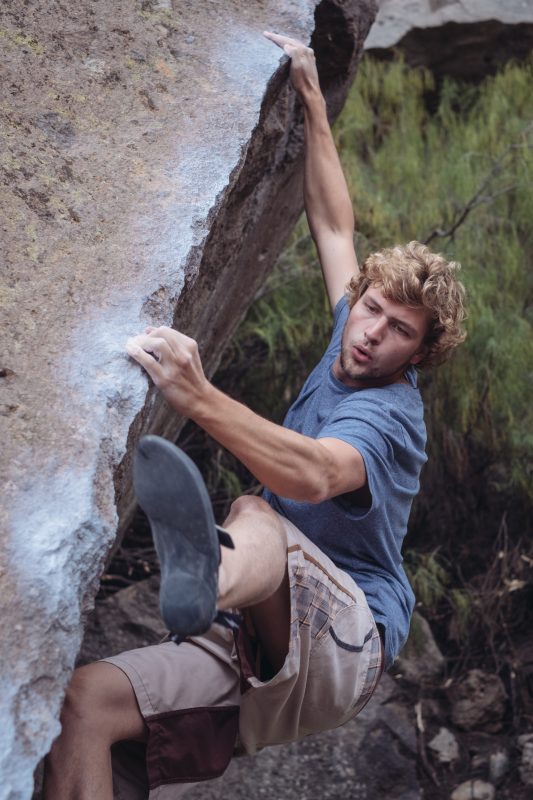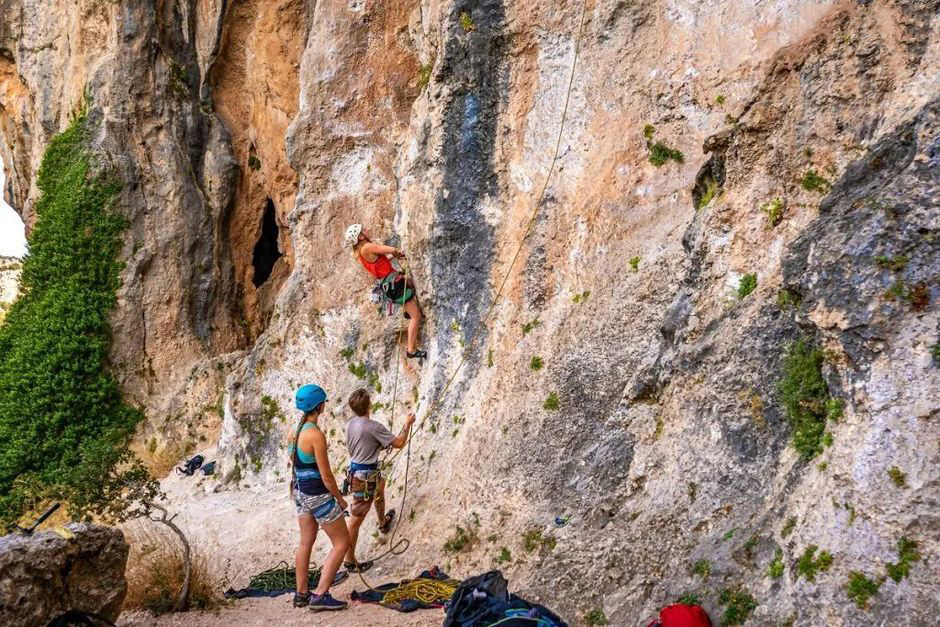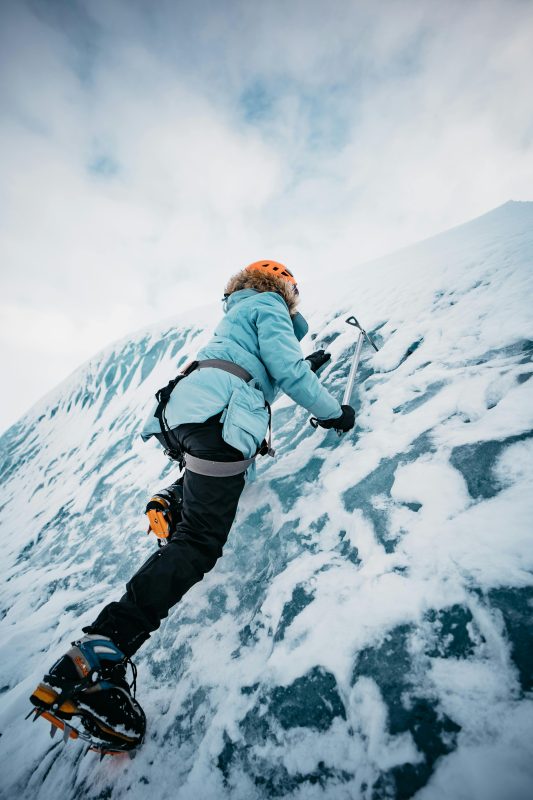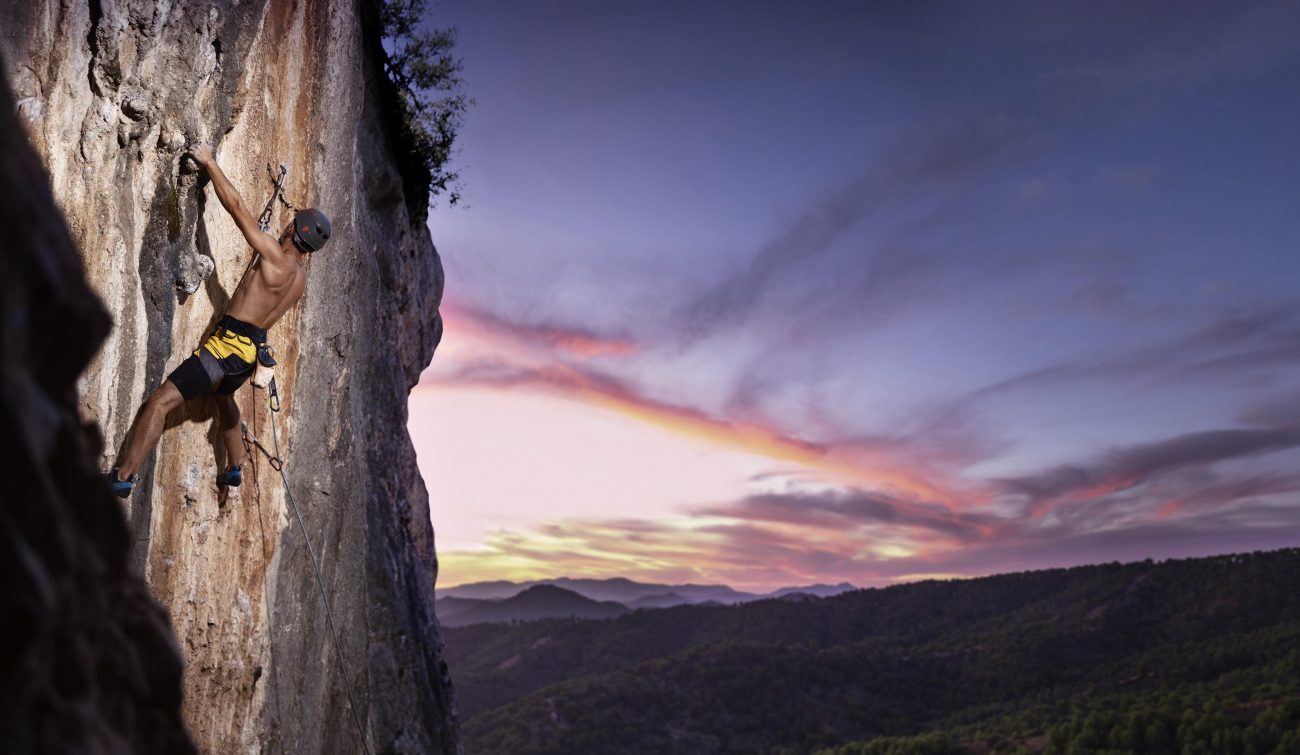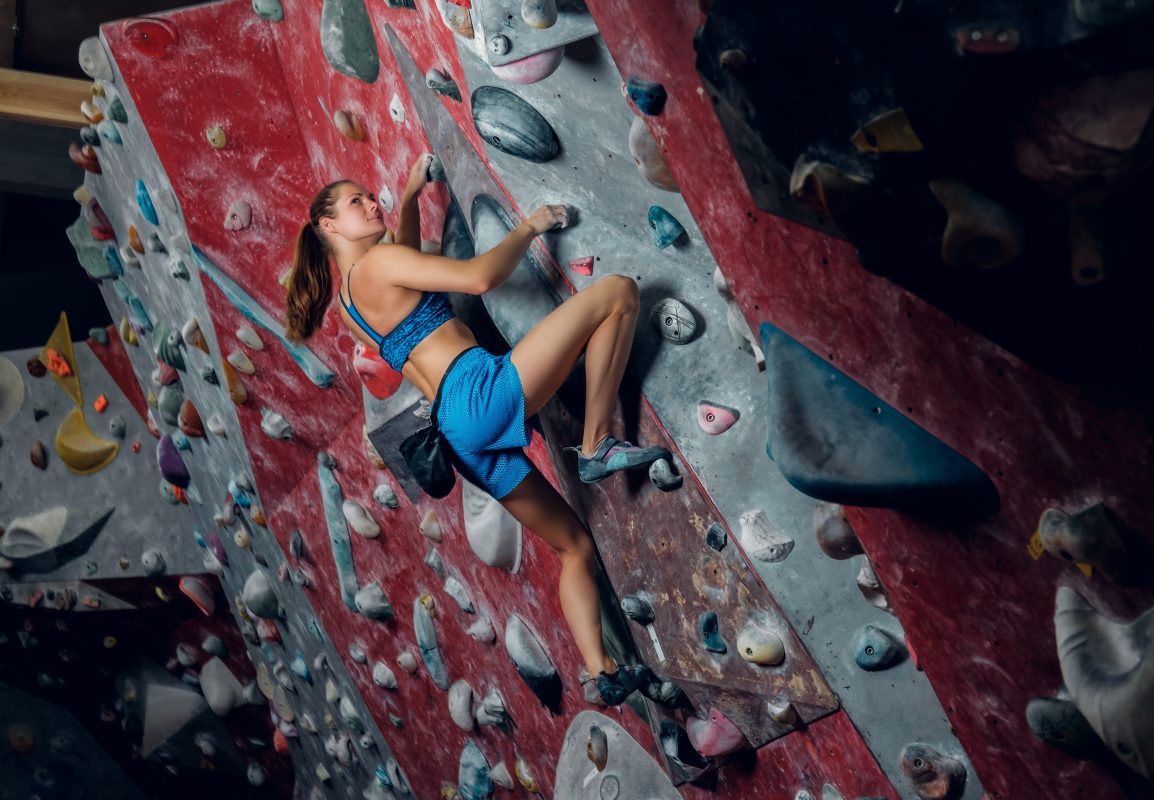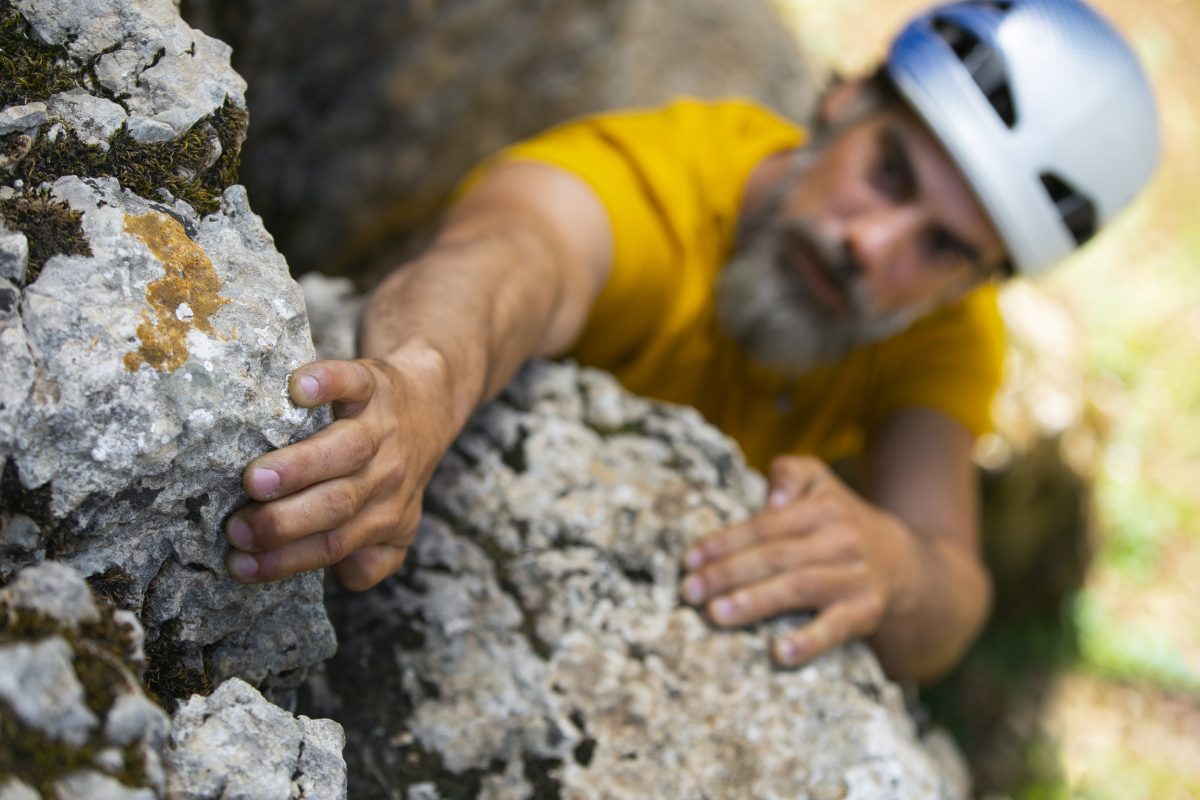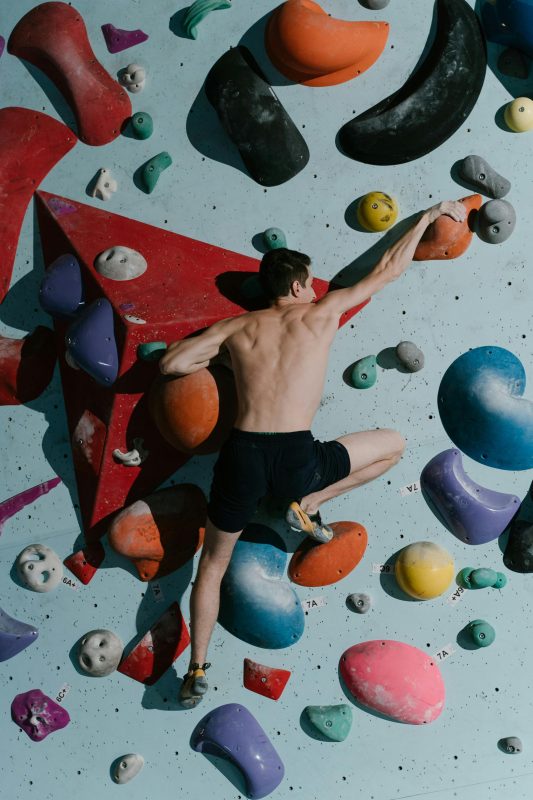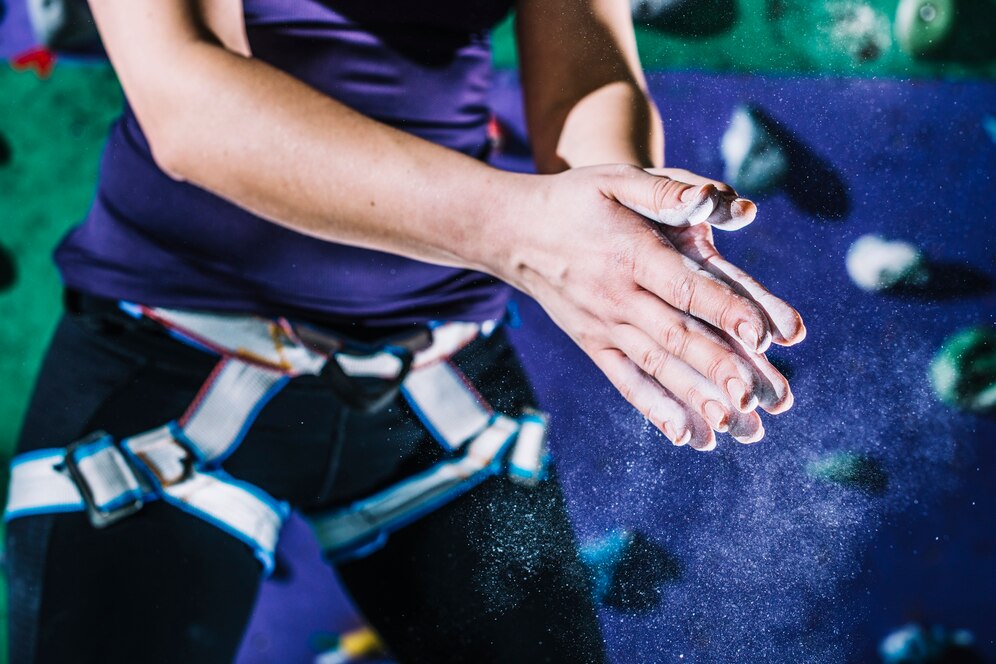AOKWIT Climbing Lecture for Beginners – Climbing Terminology Inventory

First, let’s look at the following sentences:
- “Have you heard? Alex is incredible—he free soloed Moonlight Buttress in Utah, which is a 5.12d!”
- “After 3 months, I finally sent it! I’ve finally pushed my redpoint limit to 5.11c.”
- “Onsighting requires a lot of experience. Many times, you have the technical skills and strength, but lack of experience can easily lead to failure.”
These sentences contain several rock climbing terms. Without understanding them, it would be impossible to grasp the conversation.
Today, AOKWIT will organize these terms for you. Mastering them will greatly benefit both your daily comprehension and climbing practice.
I. Technical Moves & Hold Types
1. Crimp
A hold where less than the full finger pad can be engaged, requiring pure finger strength.

2. Finger Lock
In contrast to finger lock, open hand crimp refers to moves relying entirely on grip and finger strength.
Pressing the thumb against the index finger to enhance finger strength, a fundamental technique for crimping.
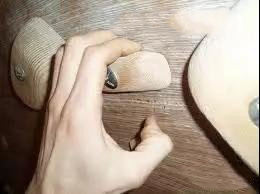
3. Slopper
A large, rounded hold without indentations, too smooth to fully grasp, often a sloped surface.
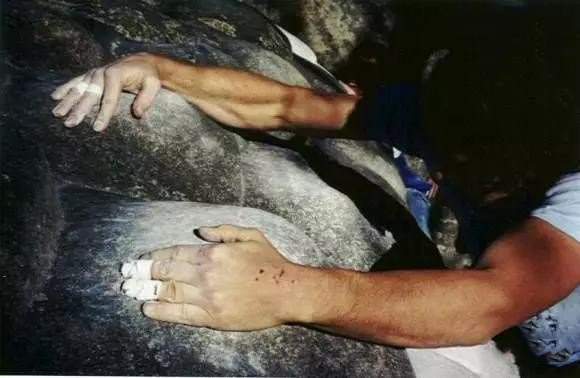
4. Pocket
A hole where only part of the fingers can fit, as the name suggests.

5. Jug
A large hold with indentations, easy to grip like a handle. Its definition varies by climber skill level, but generally refers to any hold that can be easily grabbed and held.

6. Undercling
Gripping a hold from below, using body height to stabilize the center of gravity—typically for holds with no upper grip but lower openings.
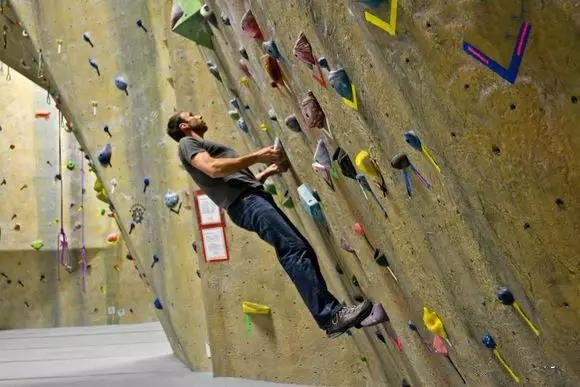
7. Side Pull
Grabbing a hold from the side.

8. Pinch
Gripping a hold with the entire hand, relying on pure grip strength due to minimal contact area—common on vertical or angled holds.

9. Flag
Extending the leg in a specific direction to balance the center of gravity, like a flag. The left foot in the image demonstrates flagging, bringing the body’s center of gravity closer to the left hand for balance—a fundamental climbing technique.

10. Smear
Stepping on a holdless wall surface, relying on foot strength and shoe rubber friction—wears down shoes quickly.
11. Heel Hook
Hooking a hold with the heel.

12. Toe Hook
Similar to heel hook but using the toes.

13. Lolotte
A sideways stance where feet switch from side-by-side to front-back positioning, a highly effective technique—Adam Ondra is a master of this.

14. Mantle
Supporting the body by pushing downward with the arms.

15. Gaston
Using hands in opposite orientations, pulling in opposite directions to generate counterforce—typically for holds facing each other.

16. Knee Bar
Bending the knee over a hold, wedging it into the rock to stabilize without hand pressure, using leg and foot strength.

17. Dyno
Jumping to catch a hold.

18. Mono
A hold gripped with only one finger.

19. Fist Jam
Wedging the fist into a crack or hold.
20. Hand Jam/Finger Jam
Similar to fist jam but using the hand or fingers.
21. Campus
Climbing without foot assistance, relying solely on arm strength.
22. Bump
A one-handed jump from one hold to another, using the initial hold as a temporary assist before quickly moving to the next.
II. Basic Climbing Types & Styles
1. Bouldering
Short, ropeless climbs, with routes referred to as “problems” (as opposed to “routes” for longer climbs).
2. Top Rope
Climbing with a rope pre-placed from the top. Requires setting up gear at the summit, providing excessive assistance and potentially restricting movement due to rope position in front of the climber—the simplest style.

3. Lead Climb
Unlike top rope, the climber clips into protection points while ascending.

4. Sport Climb
Lead climbing on routes with pre-placed quickdraws or fixed bolts (as shown in the image), low-risk and the most common style in competitions and professional climbing. Note the metal bolts drilled into the rock for protection.

5. Trad Climb
Climbing routes without pre-placed protection, using natural cracks for gear—higher risk and heavier gear load, suitable for spontaneous climbs in mountainous areas.


6. Aid Climb
Similar to trad climbing but involving extensive tools, including drilling into rock, typically on big walls. This high-risk style requires heavy gear and relies entirely on the climber’s expertise in equipment and crisis management.


7. Free Solo
Climbing completely unprotected—one slip could be fatal.
8. Pitch
A segment of a route climbable within a rope’s length. If a route exceeds the rope length, climbers switch roles at intermediate points: one becomes the belayer while the other climbs. A single pitch route is completed in one rope length; a multi-pitch route requires multiple segments, with each pitch potentially varying in difficulty and climbers regrouping after each segment.
III. Gear & Fundamental Terms
1. Belay
The act of securing a climber from below with a rope; the person doing this is the belayer.
2. Quickdraw
A carabiner with a sling for clipping into bolts.
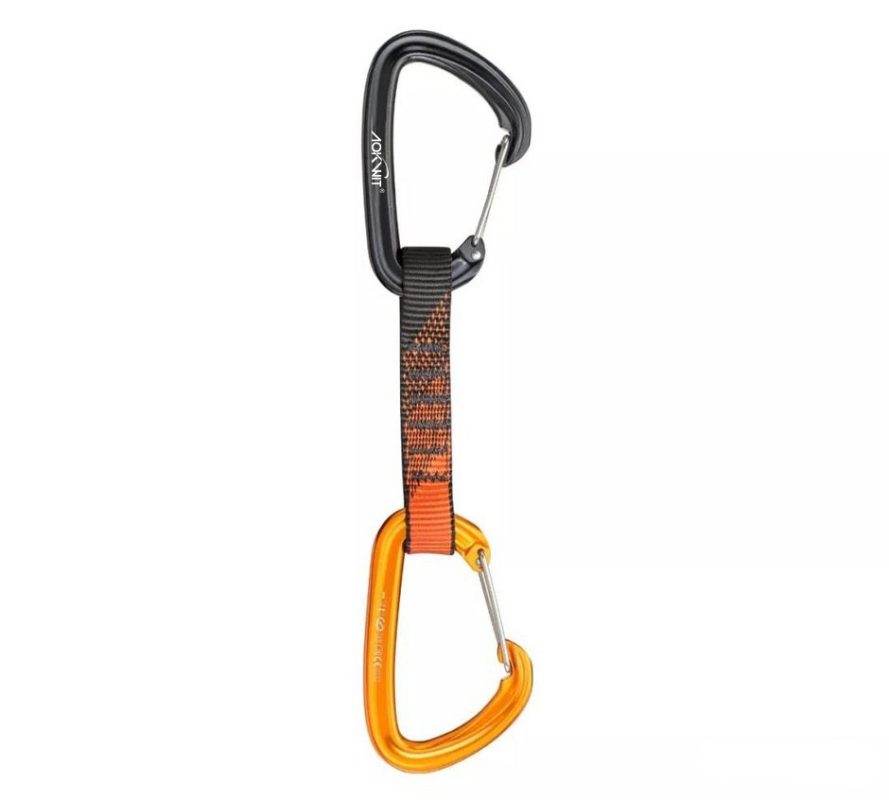
3. Locking Carabiners
A carabiner with a locking mechanism.

4. Nonlocking Carabiners
A carabiner without a lock.

5. Harness
A safety belt worn by climbers.
6. Cam
A camming device for protection in cracks.

7. Nuts
Wedge-shaped metal devices (chocks) inserted into rock cracks for protection.

8. Beta
Information about an unclimbed route, including sequences of moves and techniques—essentially, “how to complete the route.”
9. Flash
Completing a route on the first try without falling or assistance.
10. On Sight
Climbing a route for the first time without prior beta or knowledge of its features, exclusive to long routes (bouldering has “flash” but not “onsight”).
11. Red Point
Completing a lead route after several attempts, requiring self-placed protection and no falls or external assistance/resting.
12. Free Climb
Completing a trad route without mechanical aids, using only natural protection.
13. Crux
The most difficult section of a route.
14. Send
Successfully completing a route with ease.
